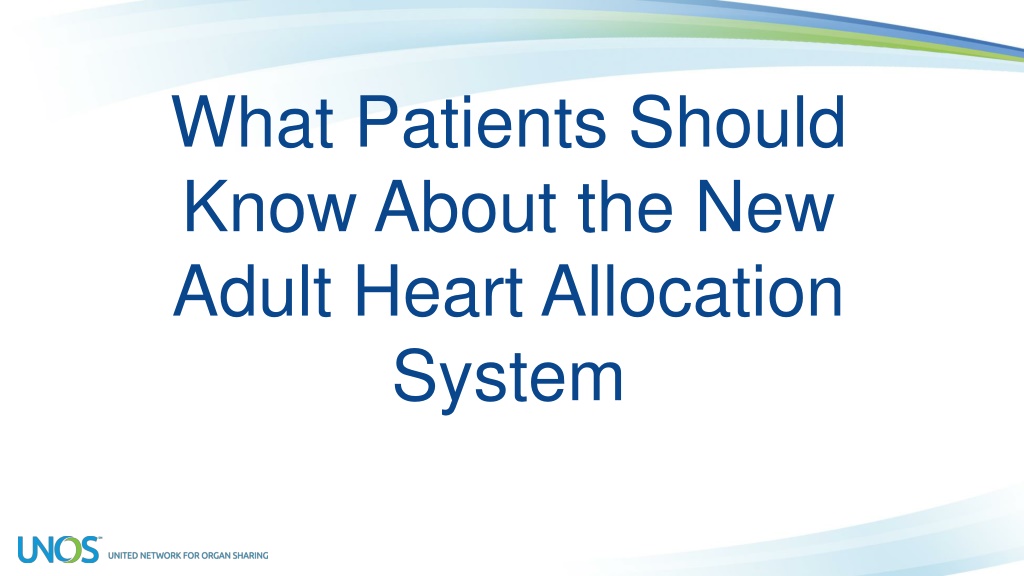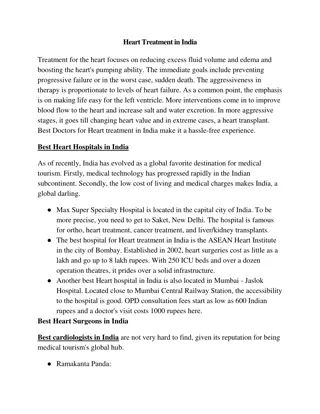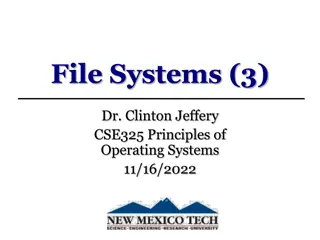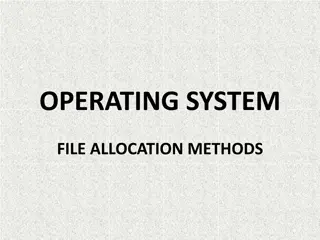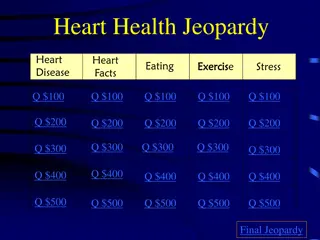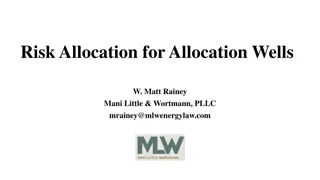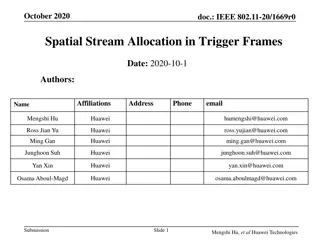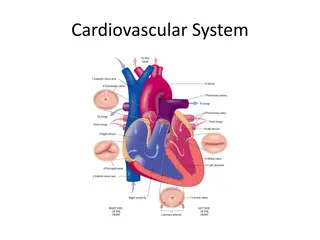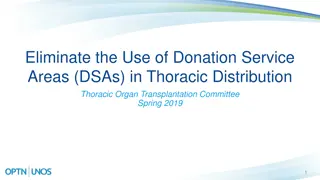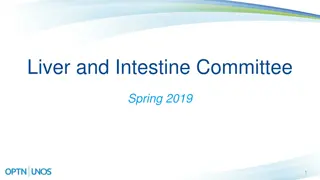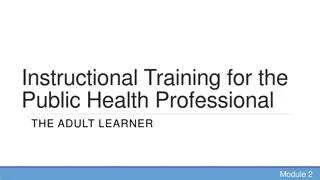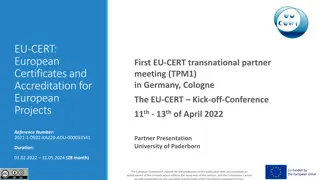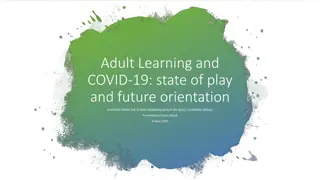The New Adult Heart Allocation System
The new adult heart allocation system introduces changes to match patients with hearts based on urgency and compatibility factors. The system aims to reduce waiting list deaths by transplanting the most urgent patients first. Changes include more specific criteria, broader geographic distribution, and monitoring for ongoing improvements. Implementation dates and expected outcomes are outlined, emphasizing increased transplants for the sickest candidates and wider donor access. Factors influencing urgency status are also detailed.
Download Presentation

Please find below an Image/Link to download the presentation.
The content on the website is provided AS IS for your information and personal use only. It may not be sold, licensed, or shared on other websites without obtaining consent from the author. Download presentation by click this link. If you encounter any issues during the download, it is possible that the publisher has removed the file from their server.
E N D
Presentation Transcript
What Patients Should Know About the New Adult Heart Allocation System
How are hearts matched now? Three medical urgency statuses: 1A (most urgent) 1B 2 (least urgent) Exceptions for some candidates Biological matching (blood type, size) Distance from donor hospital Waiting time is tiebreaker
Heart Geographic Distribution > 2500 2500 1500 1000 500 Local
Why are changes needed? Changes in treatment of heart disease More use of support devices or therapies (ECMO, VAD, artificial heart) Better understanding of how patients do on devices Better understanding of candidate risk without a transplant More categories allow more precise distinction of urgency Goal to reduce waiting list deaths Transplant most urgent patients the soonest; broaden their access to available hearts 4
Implementation dates September 18, 2018 Phase 1 Your team will begin submitting information that justifies your new status October 18, 2018 Phase 2 Your new status will be used to match you with your new heart 5
What will change? Six new medical urgency statuses instead of three More specific criteria to qualify Distribute hearts up to 500 miles for new Statuses 1 and 2 You won t lose any waiting time from before
What will NOT change? Urgency statuses for pediatric candidates Medical matching criteria (blood type, size, etc.)
What are the expected outcomes? More transplants for the sickest candidates More refined priority for the very sickest Wider access to donors for the very sickest Will monitor and improve system as needed 8
Factors that influence urgency status Likely HIGHER if You re currently on ECMO Likely LOWER if You re not on ECMO You have an implanted device (artificial heart or VAD) PLUS one or more of the following: You must stay in the hospital You re having device-related complications Your device has recently been replaced You are on medications to stimulate heart function You have life-threatening, irregular heart function (tachycardia, fibrillation, arrhythmia) You either don t have an implanted device (artificial heart or VAD), or you have one AND: You re stable enough to leave the hospital You aren t having major complications You have been on the device longer-term You don t need heart-stimulating medication You currently don t have life-threatening irregular heart function You need one or more additional organs (such as a lung or liver) You don t need any additional organs Your status may go up or down as your condition changes. Your transplant team can tell you how these factors affect your individual score. 9
What do I need to do? Be aware of changes ask transplant team any questions Let your team know of any complications or concerns Make sure you attend all your doctors appointments 10
How can I find out more? Your transplant team TransplantLiving.org (UNOS site for patients and caregivers) Organ facts>Heart>Heart Q&A patientservices@unos.org (E-mail) UNOS Patient Services: (888) 894-6361 11
How does exception process work? Transplant team provides medical information to review board Review board will now be from a different region of the country Considered on medical facts only (no personal or hospital information provided to reviewers) Transplant team may appeal decision if it chooses Exceptions can be renewed More urgent exceptions require more frequent renewals and updated information/test results from the transplant hospital 13
Criteria for medical urgency statuses Status 1 VA ECMO Non-dischargeable, surgically implanted, non-endovascular biventricular support device MCSD with life-threatening ventricular arrhythmia Status 2 Non-dischargeable, surgically implanted, non-endovascular LVAD IABP V-tach / V-fib, mechanical support not required MCSD with device malfunction/mechanical failure TAH, BiVAD, RVAD, or VAD for single ventricle patients Percutaneous endovascular MCSD 14
Criteria for medical urgency statuses Status 3 Dischargeable LVAD for discretionary 30 days Multiple inotropes or single high-dose inotrope with continuous hemodynamic monitoring VA ECMO after 7 days; percutaneous endovascular circulatory support device or IABP after 14 days Non-dischargeable, surgically implanted, non-endovascular LVAD after 14 days MCSD with one of the following: device infection hemolysis pump thrombosis right heart failure mucosal bleeding aortic insufficiency 15
Criteria for medical urgency statuses Status 4 Dischargeable LVAD without discretionary 30 days Inotropes without hemodynamic monitoring Retransplant Diagnosis of one of the following: congenital heart disease (CHD) ischemic heart disease with intractable angina hypertrophic cardiomyopathy restrictive cardiomyopathy amyloidosis 16
Criteria for medical urgency statuses Status 5 On the waitlist for at least one other organ at the same hospital Status 6 All remaining active candidates 17
